How coffee accidentally became the world’s most popular drink
Coffee is one of the most popular beverages in the world, and it’s easy to see why: it tastes delicious and provides an energy boost. By some accounts it’s the world’s second most traded commodity behind oil. But did you know that it was discovered accidentally by an Ethiopian shepherd? So how did this caffeinated beverage become so popular?
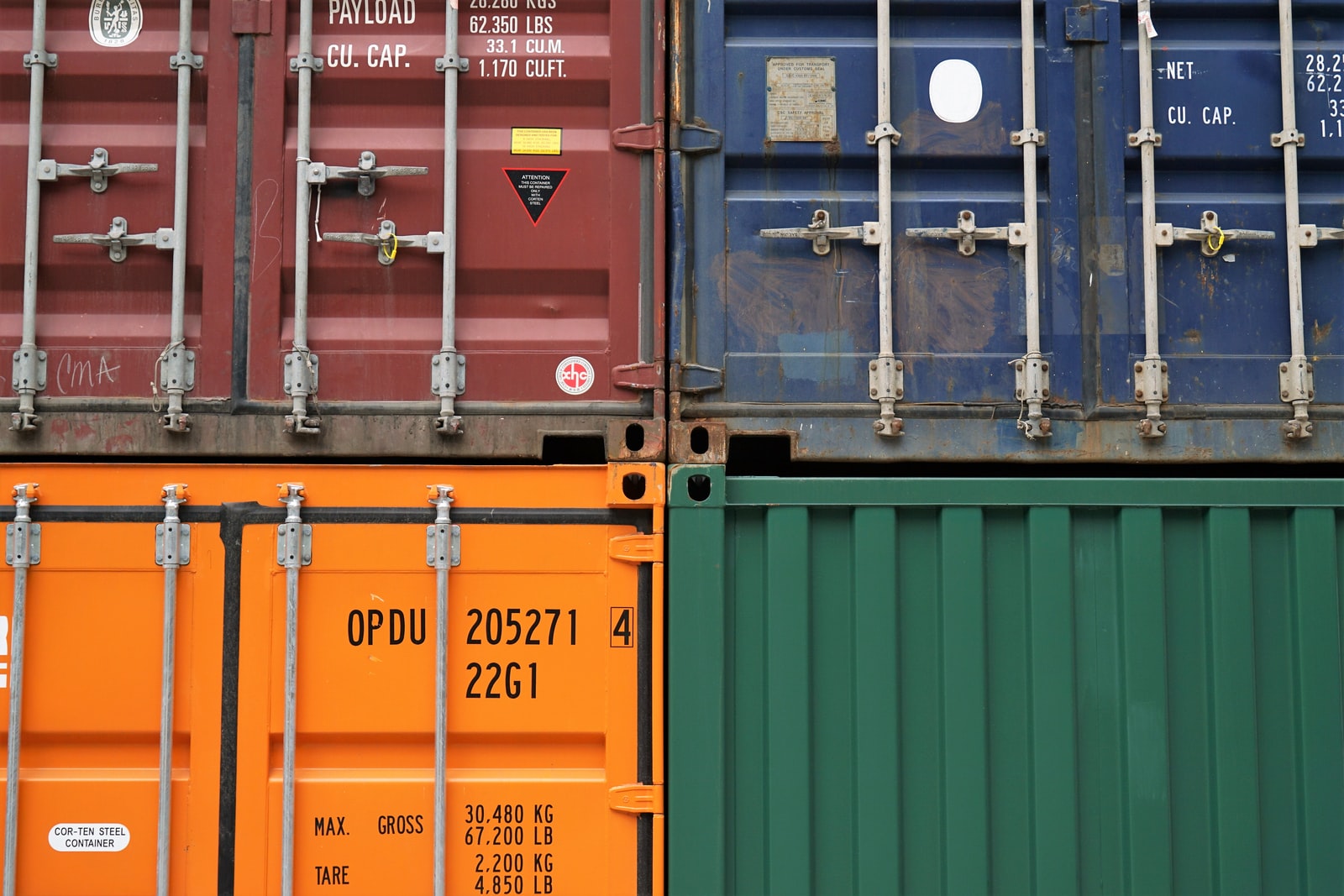
Many thousands of containers of coffee are moved around the world each year
The legend of the origin of coffee
We have all heard the legend of the discovery of coffee. In case you missed it it goes something like this:
Legend has it that the discovery of coffee in Ethiopia was the result of a goat’s curiosity.
Kaldi, a goatherd in Ethiopia, who in some versions of the tale was also a monk, was herding his goats one day when he noticed one of them acting strangely. The goat was jumping around and bleating loudly, and it had white froth coming out of its mouth.
Kaldi decided to investigate what had gotten into his goat, so he followed it through the brush until they came upon an entire tree full of bright red berries. He tried eating one himself, and was shocked by the effect: he felt energized and alert—and more than anything else, he wanted more! So Kaldi ate some more berries and took some back home with him for his friends.
Soon enough, everyone in Kaldi’s village was enjoying the energizing effects of these berries… and eventually people throughout the Horn of Africa began drinking coffee regularly as part of their daily lives.
While there may be some truth to this myth, what we know for sure is that the drink originated from Yemen, where it was brewed and consumed by local people for centuries before spreading throughout Arabia.
The earliest written record of coffee dates back to the 15th century in Yemen. Sufis would drink coffee to help themselves stay awake during long nights of prayer. However as coffee’s popularity increased in Persia and Egypt, Islamic clergymen began calling for a ban on coffee because they considered it an intoxicant.
Today, Ethiopia is the second-largest coffee producer in Africa. Coffee is a major export for this country, and it’s also a large part of the country’s culture.
Soon, coffee beans were traded and widely consumed throughout the region but it was not until sometime later that they were made into a drink. The drink made from the berries was called kaffa, and it became popular among local royalty as well as some Muslim traders who had travelled to Ethiopia. Initially the drink was made from the berries as one would make tea.
The first written evidence of coffee drinking comes from an Arabian manuscript that dates back to the 15th century. This document, called “The Epic of Gilgamesh”, features a scene where a character named Enkidu drinks what he calls “the blackened juice of the bean.” It’s believed that this drink was actually coffee because it mentions its bitter taste and how long it could keep you awake.
The popularity of coffee continued to spread throughout the Middle East during the 15th century and reached Europe by way of Turkish traders. As trade continued to develop, some European travellers who visited the Middle East wrote about coffee, but they didn’t always have a clear idea about what they were talking about and would sometimes describe it as a kind of bitter tea, or as “the wine of Araby” or “Arab wine”.
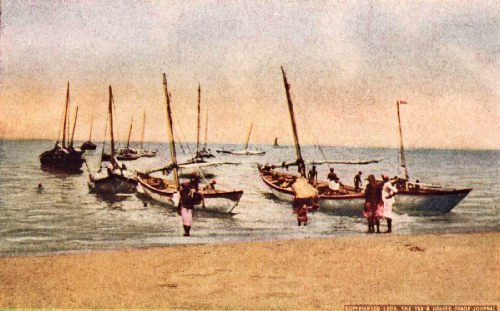
Coffee was brought from growing regions by small boats at great peril.
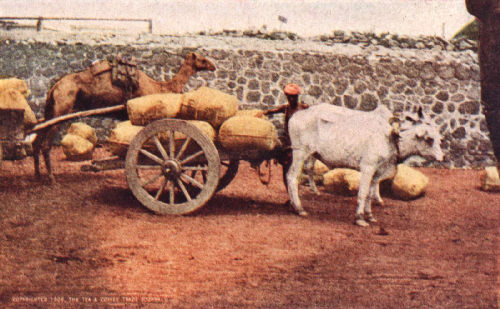
Land tranportation was often accomplished by caravans of camels, oxen, or horses
Initial arrival and acceptance of coffee onto the western world
Over time, coffee spread from the Arabian Peninsula, and eventually it made its way to the rest of the world through trade routes to become one of the most popular drinks in the world, as well as a symbol of socializing and hospitality.
One mission to conquer Mecca in 1517 had coffee confiscated from its inhabitants by Ottoman Turkish forces and carried back to Constantinople.
Coffee reached Italy in 1615 via Venice when a trader named Francesco Maria d’Annibale brought some from Turkey. The first coffee houses opened in Venice were called “botteghe” and served as a meeting place for merchants and traders to talk business. From there, Venetian merchants introduced the drink to Paris and Vienna.
The first coffee house in England opened in 1652 and was called “The Angel’s Head.” The drink was so popular that there were over 2000 coffee houses by 1700.
From its origins in the Middle East, coffee spread through Europe. There were many varieties and methods of preparation: Most involved boiling or roasting berries until they turned black before being ground into powder or pressed into cakes (both referred to as either “beans” or “seeds”). Coffee was also consumed as a cold beverage. It was often mixed with spices and sugar to make it more palatable for Europeans who were not used to its bitter taste.
Early Roasting Equipment
In time the practice of roasting only the pits of the coffee cherry developed. As the practice of roasting coffee grew, equipment evolved away from common pots and pans and into more specialized equipment.
Initially coffee roasting was done at home. However, in time, the process of roasting became more popular, people began to specialize in this task. Soon there were entire businesses dedicated to roasting and selling coffee. Equipment followed suit as industrialization took over.
Richard Evans is credited with patenting the first large-scale coffee roaster in the UK, which he introduced in 1824. He sold it for £4,000. This machine was a direct precursor to the modern drum roaster, which uses heated air rather than fire and could roast up to 150 kilos of coffee beans per hour.
By 1720, Amsterdam had become a major trading hub for coffee beans exported from Java (now Indonesia). Dutch traders couldn’t keep up with demand in Europe; they needed help transporting this wildly popular drink across oceans and continents so they could sell it at more affordable prices than those offered by local vendors. So they turned their eye toward North America—specifically New York City— “where enterprising merchants could make more money selling foreign goods at high markups than they ever could selling locally produced ones.”
In 1851 The first commercial coffee roasting plant opened in New York City by John Arbuckle, who went on to found the eponymous company that makes instant coffee.
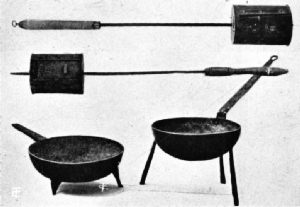
Early coffee roasting pans
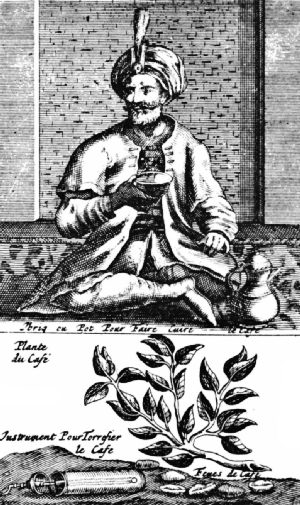

Early 16 century cylindrical coffee roaster

Cylindrical coffee roaster with a 3-sided hood would be suspended over the embers of a fire
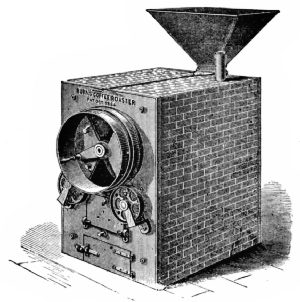
Cylindrical coffee roaster with a 3-sided hood would be suspended over the embers of a fire
Conclusion
Coffee is a wonderful drink that has become an integral part of our lives. It is popular all over the world and people love it for its flavor, aroma, and health benefits. Coffee began as a traditional drink in Yemen, but it soon spread to other parts of the world thanks to trade routes and European explorers who brought coffee back from their travels in Africa and Asia. Nowadays, many countries produce coffee beans that are grown on plantations around the world

